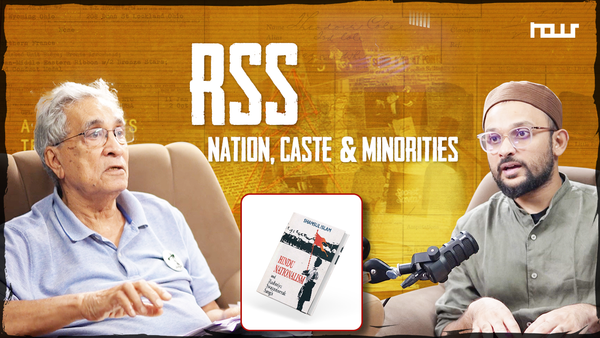Explained: Who Is the Real Nuclear Threat in the Middle East?
While Iran remains under global scrutiny, the world continues to ignore Israel’s undeclared nuclear arsenal and escalating military aggression.
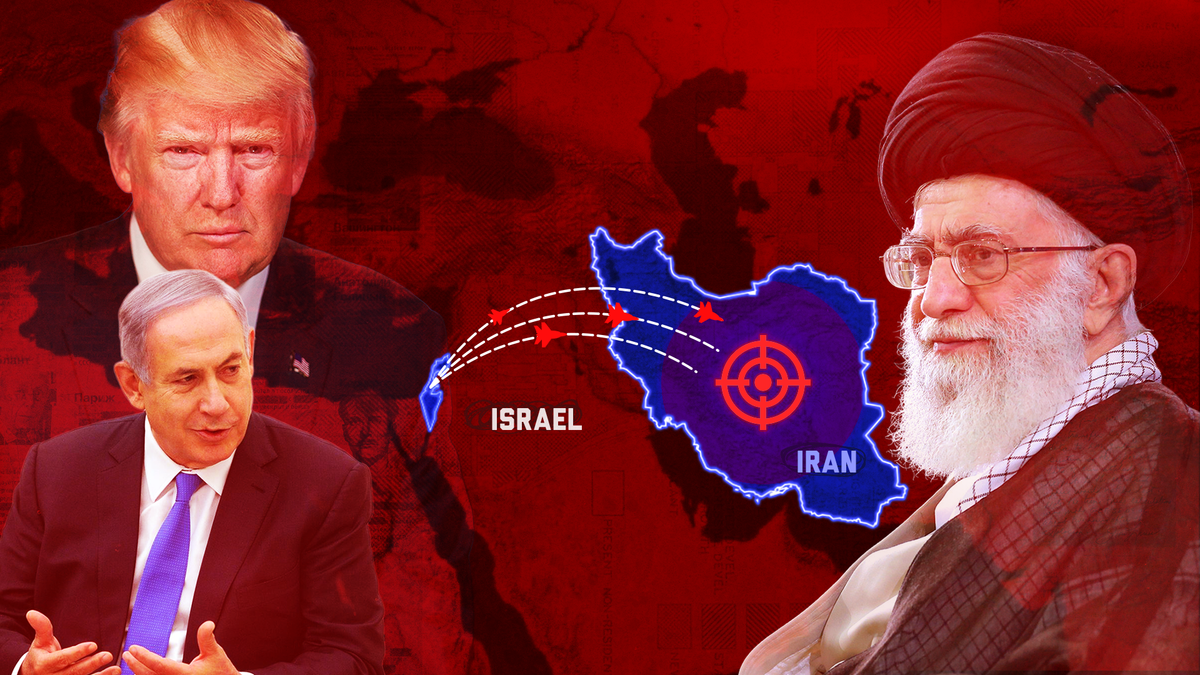
On June 13, 2025, the Israeli government launched an unprovoked military assault on Iran. They claimed the attack targeted three of Iran’s key nuclear sites, located in Natanz, Isfahan, and Fordow.



After the strikes, Israeli Prime Minister Benjamin Netanyahu released a statement declaring the start of “Operation Rising Lion,” a targeted operation, to roll back the Iranian threat to Israel's very survival, and the campaign would continue “for as many days as necessary.”
Western leaders, through a joint G7 statement, and much of the media defended Israel’s actions as an exercise of its right to self-defence.
Days later, the United States joined the assault. On June 22, it launched coordinated strikes on Iranian targets, escalating the conflict, breaching Iran’s sovereignty, and further weakening diplomatic efforts.
So the question is: Does Iran have nuclear weapons? Is it actually a threat as it is made out to be? Or is the real danger not what Iran might do, but what others are doing in the name of that threat?
To answer that, we have to examine the one thing this war is supposedly about: Iran’s nuclear program.
Iran’s Nuclear Program: What Do We Actually Know?
Iran’s nuclear program began in the 1950s with American support, under the Shah, whose rule was closely tied to Western powers and increasingly opposed within Iran.



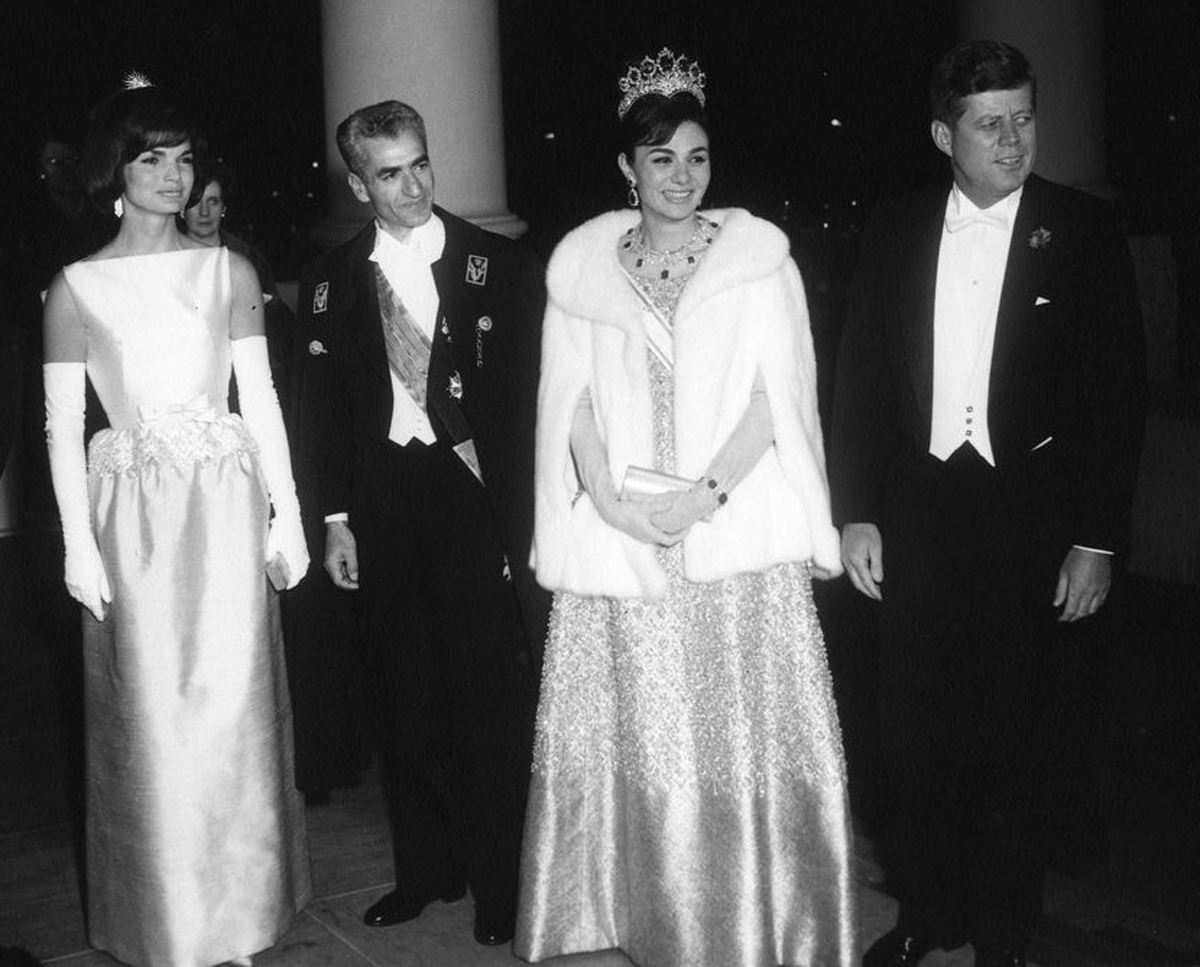
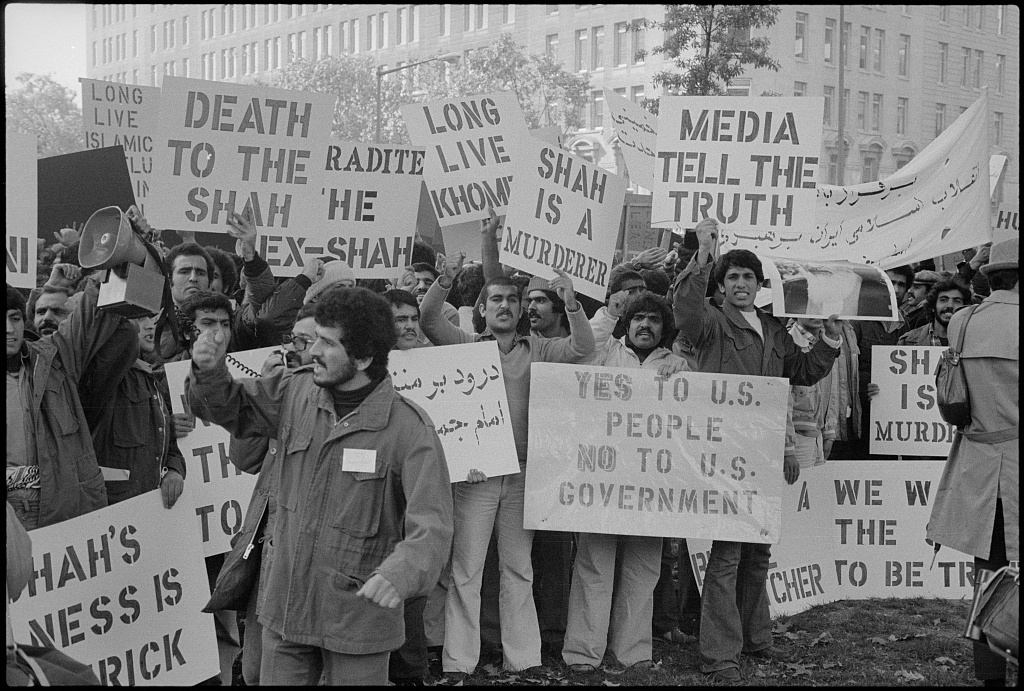
By the 1970s, Iran was actively developing nuclear power with U.S. support. But when the Shah was overthrown in the 1979 Islamic Revolution, that support was abruptly cut off.
And in the early 2000s, international inspectors announced traces of highly enriched uranium at Iran’s Natanz facility.
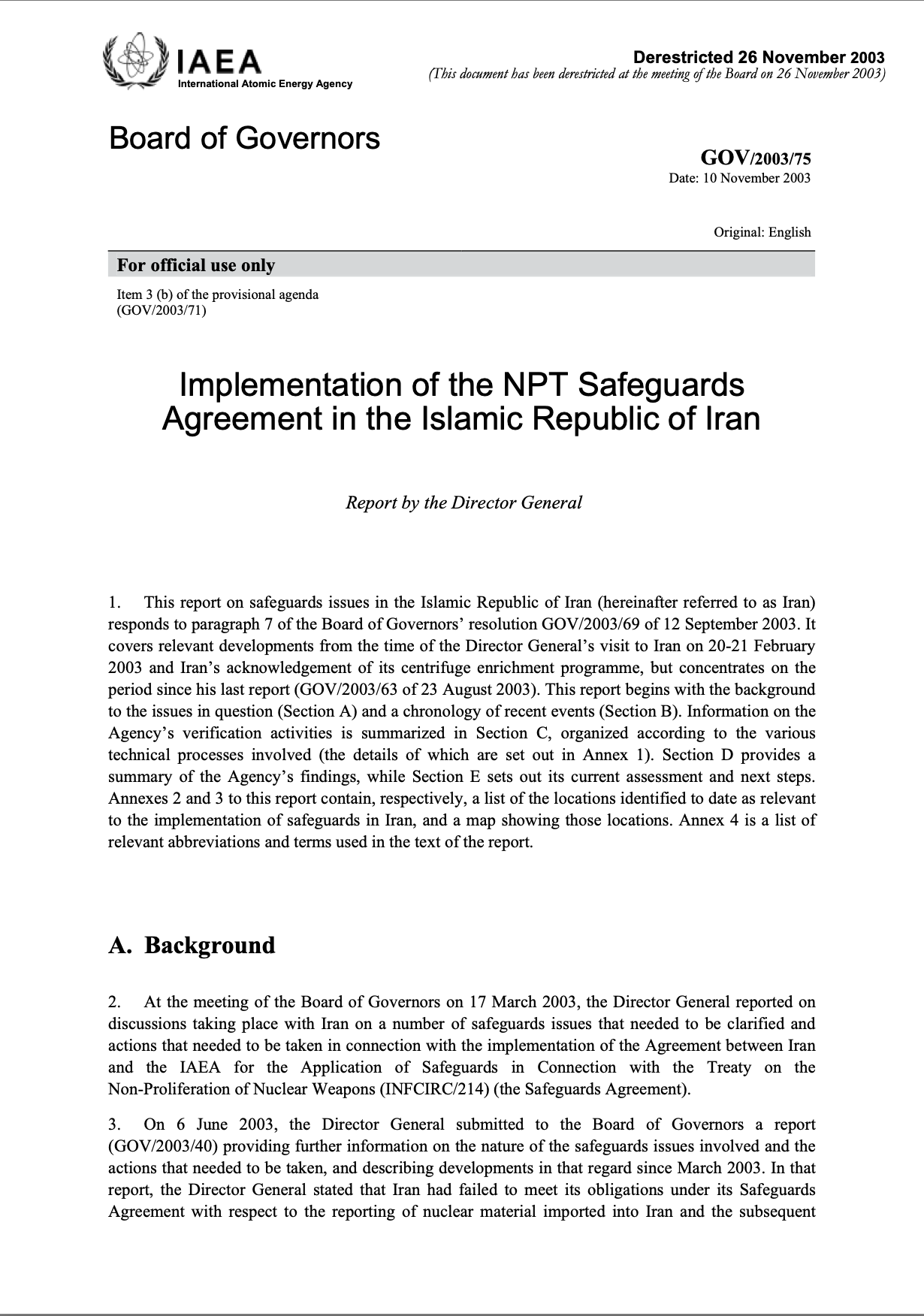

International Atomic Energy Agency Report on Iran's Nuclear Sites.
Iran temporarily suspended its enrichment activities in 2003 during negotiations with France, Germany, and the United Kingdom. These talks aimed to address international concerns about its nuclear program. However, after the talks ended without a lasting agreement and Iran was referred to the UN Security Council, it resumed enrichment in 2006, stating its actions were in line with its rights under the Nuclear Non-Proliferation Treaty.
This triggered years of sanctions on Iran and diplomatic standoffs, worsening its economy.
After years of negotiations, the 2015 Joint Comprehensive Plan of Action (JCPOA) was signed between Iran, the United States, the European Union, and five other world powers (the UK, France, Germany, Russia, and China). The deal limited Iran’s uranium enrichment activities and stockpiles in exchange for relief from international sanctions.
But the deal was broken in 2018, when President Donald Trump unilaterally withdrew the U.S. from the agreement, calling it “a horrible one-sided deal that should never have been made.”
Sanctions on Iran were reimposed. Stripped of promised economic benefits, Iran restarted parts of its nuclear program, including enriching uranium beyond JCPOA limits, but still within non-weapons-grade levels.
Things escalated further in January 2020, when a U.S. drone strike killed General Qasem Soleimani. In response, Iran announced it would no longer adhere to any limits on enrichment.
Fast forward to 2025, just two days before scheduled US–Iran nuclear talks, Israel launched airstrikes on Iranian sites. President Trump echoed Netanyahu’s claim, saying Iran was “very close” to developing a nuclear weapon.
So, does Iran have nuclear weapons?
Here’s what we know:
Iran has enriched uranium to 60 per cent. This uranium isn’t bomb-grade until it’s enriched to 90% purity. And nuclear power plants that generate electricity use uranium that is enriched to between 3.5% and 5%.
Yes, 60% is closer to weapons-grade. But experts say a bomb would still take months, if that’s the intention, which is not clear.

The Non-Proliferation Treaty allows enrichment for non-military use, including energy, medicine, and industry. The IAEA monitors Iran’s program, but its oversight has been limited since Iran reduced cooperation after the US withdrew from the nuclear deal in 2018. The Agency has raised concerns over 60 percent enrichment but has also said it has “no credible indication” of an active, coordinated weapons programme.

On March 25, 2025, U.S. Director of National Intelligence Tulsi Gabbard testified before Congress:
“The Intelligence Community continues to assess that Iran is not building a nuclear weapon, and Supreme Leader Khamenei has not authorised a nuclear weapons programme since it was suspended in 2003.”
Former President Donald Trump publicly rejected this assessment, stating that Gabbard was "wrong" about Iran’s nuclear program. Gabbard later revised her position, aligning with Trump’s assertion that Iran was actively seeking a weapon.
Amid these contradictions and the launch of U.S. strikes on Iran, a broader question emerges: to what extent are such decisions informed by verified intelligence, and to what extent are they shaped by political narratives seeking to justify military action?
In response to questions about Iran's timeline for producing a nuclear weapon, IAEA Director General Rafael Mariano Grossi told CNN:
“We did not have any proof of a systematic effort to move into a nuclear weapon… Certainly it was not for tomorrow... I don't think it was a matter of years.”
This vague framing, implying neither imminence nor a multi-year timeline, raises questions on the speculative timeline and highlights the lack of evidence of an active Iranian nuclear weapons program.
Nonetheless, Netanyahu continues to claim that Israel is on the brink of a nuclear holocaust. But he has been repeatedly claiming this for over thirty years with no evidence.
Israel’s Undeclared Nuclear Arsenal
Despite the absence of weapons-grade uranium, a political decision to build a bomb, or evidence of an active weapons program, Israel carried out a full-scale military strike.
This leads to a fundamental and often overlooked question in mainstream discourse: if the concern is nuclear proliferation, why is the country under international inspection treated as the aggressor, while the state with an undeclared nuclear arsenal faces little scrutiny?
Iran is a signatory to the Non-Proliferation Treaty (NPT), which prohibits the development of nuclear weapons and subjects its nuclear facilities to inspections by the International Atomic Energy Agency (IAEA).
In contrast, Israel has never signed the NPT. It is widely believed to possess a nuclear arsenal but has never officially confirmed or denied this, a posture often referred to as nuclear ambiguity.
According to data from the Nuclear Threat Initiative, Israel is estimated to possess at least 90 nuclear warheads. It is also believed to have accumulated between 750 and 1,100 kilograms of plutonium, enough to construct up to 300 nuclear bombs, if it chose to expand its arsenal.

So, the important question then becomes not whether Iran has a nuclear weapon but who is the actual nuclear threat in the Middle East? Is it the country under constant surveillance and restrictions? Or the one with an undeclared nuclear arsenal, which acts with complete impunity?
Can This Be Called ‘Self-Defence’?
Another most repeated justification for Israel’s attack was its so-called “right to self-defence.”
But what does international law actually say?

Article 2.4 of the United Nations Charter prohibits the use of force against the territorial integrity or political independence of any state. There are only two exceptions.
First, when the UN Security Council authorises military action.
Second, when a state is acting in self-defence after an armed attack.
Article 51 of the Charter allows self-defence until the Security Council takes action. But the threat must be imminent. Not speculative. Not hypothetical. “Imminent.”

And here lies the problem: international law does not define what counts as “imminent.” This vagueness has been repeatedly exploited.
Take a look at 2003 when the U.S. and the U.K. justified the invasion of Iraq by claiming an imminent threat from weapons of mass destruction. However, the Chilcot Inquiry, the UK’s official public investigation into the Iraq War, concluded:
- There was no imminent threat from Saddam Hussein.
- The intelligence case was not justified.
- The war was not a last resort, as claimed.
- British troops were sent in ill-prepared, with no plan for the aftermath.
This wasn’t self-defence. It was a war built on manipulated fear and manufactured urgency.
Now, that same logic is being used again, this time, to justify Israel’s attack on Iran.
But let’s be clear:
- Iran has not attacked Israel.
- There is no evidence of an imminent Iranian strike.
- Diplomatic talks were scheduled just two days later.
And more importantly, how does Israel and the United States continue to justify such aggression without consequence?
In 2002, the United States introduced the doctrine of pre-emptive war. It argued that the risk of terrorism or weapons of mass destruction was reason enough to strike first.
This was the logic used to invade Iraq in 2003.
At the time, fear and false claims shaped public opinion. According to the Pew Research Centre, 73 per cent of Americans supported the war, many believing that Iraq had weapons of mass destruction or links to Al-Qaeda.

None of that turned out to be true.
And the cost? Iraq paid the price.
- More than 210,000 civilians were killed in war-related violence.
- Over 2.3 million Iraqis were forced to flee abroad.
- As of 2022, around 1.2 million Iraqis were still displaced within their own country.
- At least 80 percent of secondary schools were damaged in the first wave of the war.
- Following the invasion of Iraq, the country suffered from an extended period of high inflation.

And all of this happened in the name of a threat that was never real.
What Does the Pattern Tell Us?
Nous Network interview with former Ambassador Talmiz Ahmad
What we are witnessing is not an isolated incident. It is part of a larger pattern.
Selective facts. Manufactured urgency. Military action disguised as self-defence. And media narratives that erase the larger context.
This is the contradiction of the present world order we live in.
Iran is under heavy sanctions. It is monitored, inspected, and scrutinised. And yet, it is portrayed as the greatest global threat.
Israel, meanwhile, has been bombing Yemen, Lebanon, and Syria. It is conducting an ethnic cleansing campaign in the West Bank and genocide in Gaza.
It has dropped the equivalent of six nuclear bombs on Palestinian civilians. It is under active investigation for war crimes. And still, it is portrayed as the victim.
Hence, the real threat is not what Iran might do, but what Israel and now the United States are already doing in the name of that fear.



